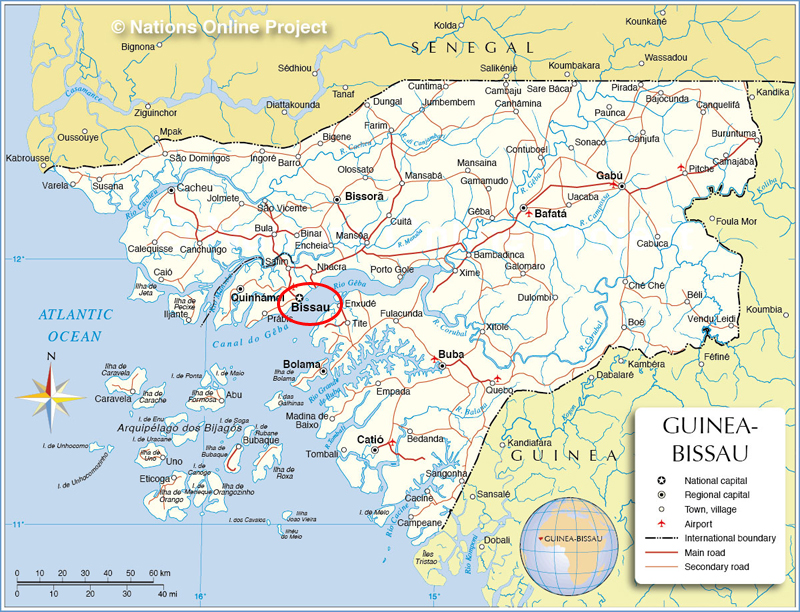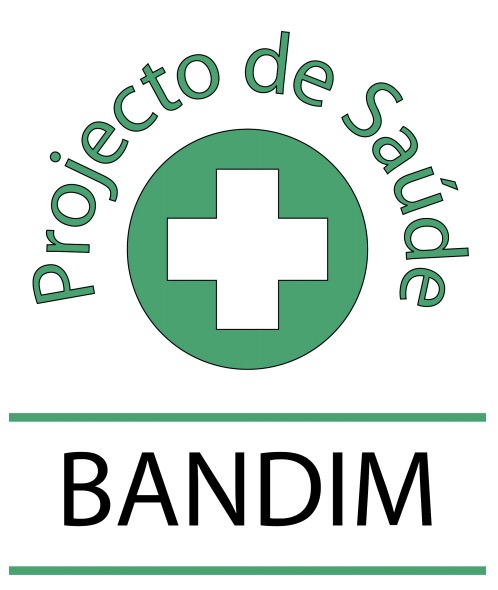Bandim Health Project history
The Bandim Health Project was established by Danish anthropologist Peter Aaby. He came to the capital Bissau in 1978 to understand the reasons for the high mortality among children in Guinea-Bissau.
Guinea-Bissau is a former Portuguese colony in West Africa, which was liberated in 1974, after a violent war. After independence in 1974 an extremely high under-five mortality rate (around 500/1000 person-years) prompted the Ministry of Health to approach the Swedish Agency for Research Cooperation with Developing Countries to organize a study to define nutritional priorities in preventive health care.
Peter Aaby came to the capital Bissau in 1978. A nutrition and child-health study was initiated, and a census was carried out in the suburb Bandim, with a subsequent anthropometric survey and organization of antenatal care. All new pregnancies were registered, together with births, deaths, and migrations. This became the basis for the ongoing registration of the population in the Bandim suburb. Later, the project grew, first including also the suburb Belem, later Mindara and Cuntum. In 1990, the rural areas were included.
The project is the oldest of its kind in Africa, and one of the largest, covering now ~100,000 individuals in the urban study area and a corresponding number in the rural areas.
Podcast (in english) telling the story of how Peter Aaby came to Guinea-Bissau

About Guinea-Bissau
- Guinea-Bissau, officially the Republic of Guinea-Bissau, is a country in West Africa. It covers 36,125 km² (nearly 14,000 sq mi) with an estimated population of 1,704,000.
- Upon independence, declared in 1973 and recognised in 1974, the name of its capital, Bissau, was added to the country’s name to prevent confusion with Guinea (formerly French Guinea)
- Most of the population speaks Crioulo, a Portuguese-based creole language, and the remainder speak a variety of native African languages.
- The country’s per-capita gross domestic product is one of the lowest in the world.
